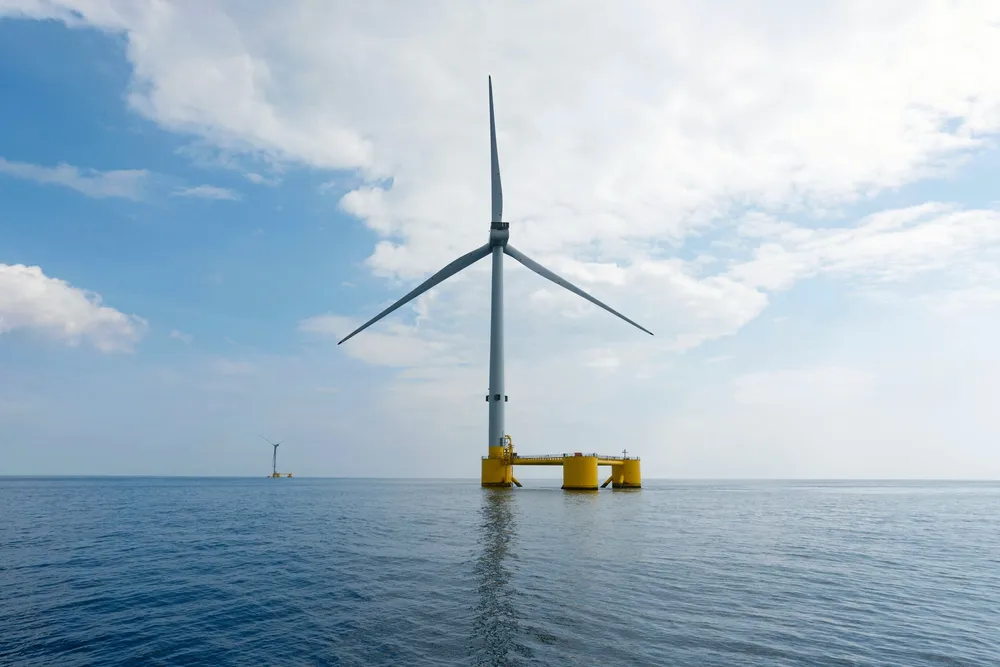Vast new deepwater zone finally unlocked for floating wind
Passage of bill raises hopes of a floating offshore wind boom in Japan's deeper water zones

The global floating wind industry got a welcome shot in the arm as Japan finally passed a law opening for development the vast waters of its exclusive economic zone (EEZ).
The Diet, the country's national legislature, approved a bill authorising offshore wind in the EEZ after a two year wait.
The Ocean Energy Utilization Act designates solicitation zones available for offshore wind development within the EEZ and provides a framework for the granting of licences for project development.
Two key ministries will be responsible for granting provisional business operator status to interested developers, and subsequently the full licences, subject to their satisfying certain criteria.
The new law aims to facilitate government-led site surveys and environmental assessment procedures to safeguard marine biodiversity.
It also provides for the creation of a new council responsible for coordinating projects in consultation with relevant stakeholders, including provisionally approved business operators.
An amended version of the bill was passed during a plenary session of the Diet on Tuesday.
"This amendment is a crucial move to unlock the potential of offshore wind in Japan’s EEZ," posted Sayuri Watanabe, Japan representative with the World Forum Offshore Wind
The Japanese government aims to deploy 10GW of offshore wind capacity by 2030 and 30-45GW by 2040, as part of its target to reach net-zero emissions by 2050.
The Global Wind Energy Council (GWEC) also welcomed passage of the bill.
“This is great news," posted GWEC's deputy CEO Rebecca Williams. "Scaling up floating wind is important for increasing Japan’s energy autonomy and resilience, and represents an important global industrial opportunity.”
GWEC's own statement on the passage of the bill stressed that Japan needs to take additional measures to unlock its floating offshore wind potential.
These included a call for increased collaboration between industry and government to develop "a clear and bankable framework for EEZ projects" and the introduction of "transparent and efficient permitting and infrastructure access to accelerate project development".
(Copyright)